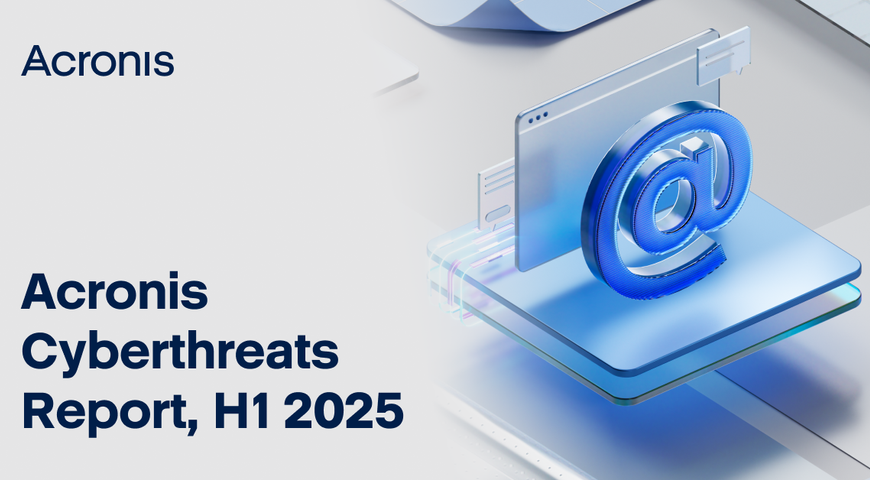Solutions are developed to address problems. The bigger people think something is a problem, the more demand there is for a solution. That is why the majority of marketing materials out there are built around educating their target audience about a pain point, and offering a solution. This is how we learned that we need to freshen our mouths with chewing gums, protect computers from malware with antiviruses or backup data to ensure recovery after a server crash. However, no company will talk about problems they don’t have solutions for, and, in the backup world, it means that there may be risks you’re not aware of, and consequently, not protected from.
In a virtual world we all know that backing up virtual machines is a standard practice. In recent years, a number of very nice products were created that allow easy and fast backup of virtual machines. Most do not even require installing agents inside VMware vSphere or Microsoft Hyper-V virtual machines, and some work across mixed physical/virtual environments or across multiple hypervisors.
Pulling apart some challenges that I will cover in this series of posts, it is clear that virtual machines can be well protected.
But what about the virtual host? When you virtualized, you added an additional layer to a stack – a hypervisor. It is not really different from an operating system; it has binaries, configuration (sometimes surprisingly complex), patches, and plugins. Here is the critical part: If your ESXi server is not operational – where would you restore you virtual machines to?
Sad to admit, but almost all new and cool virtual backup tools I know, like Veeam, vRanger or even VDP, will not let you backup and recover the host. Why? Because they were created with a focus on virtual, built around VMware API for Data Protection (VADP), and can’t work on a physical host level. Coding host backup and recovery is very different from this, and is simply too expensive. To my best knowledge, the only product that can backup and recover an ESXi host, is Acronis® vmProtect™. I was a product manager for Acronis vmProtect, and I did insist that we need this critical function for the product to be complete.
With Hyper-V, the situation is not that bad, because Hyper-V actually runs on a Windows Server, and you can use any product that allows backup and bare-metal restore of Windows. What is important, however, is that you’re not forced to use different products, or even products from different companies – one for virtual machines and another for host backup. Needless to say, Acronis Backup & Recovery® Virtual Edition for Hyper-V (which I was product manager for, too) includes an agent for Windows for host backup at no additional cost.
Of course, the scale of the problem depends on every individual situation: If you’re sure that the person who will perform a recovery will be capable of re-installing and reconfiguring VMware vSphere fast enough, you can probably forgo host backup. Otherwise, I would not call a backup strategy that does not involve host backup a complete backup strategy.
What do you think makes a complete backup strategy? Share now!
About Acronis
A Swiss company founded in Singapore in 2003, Acronis has 15 offices worldwide and employees in 50+ countries. Acronis Cyber Protect Cloud is available in 26 languages in 150 countries and is used by over 21,000 service providers to protect over 750,000 businesses.



